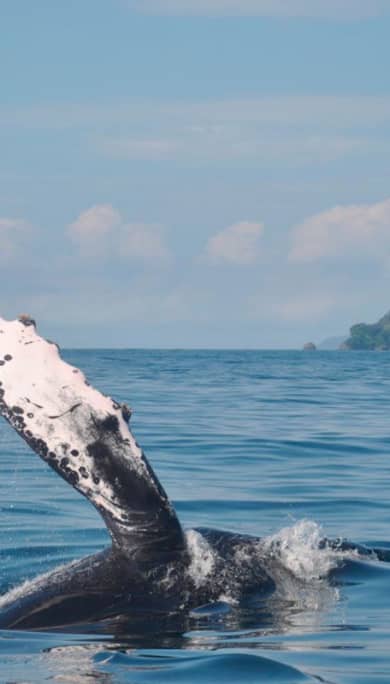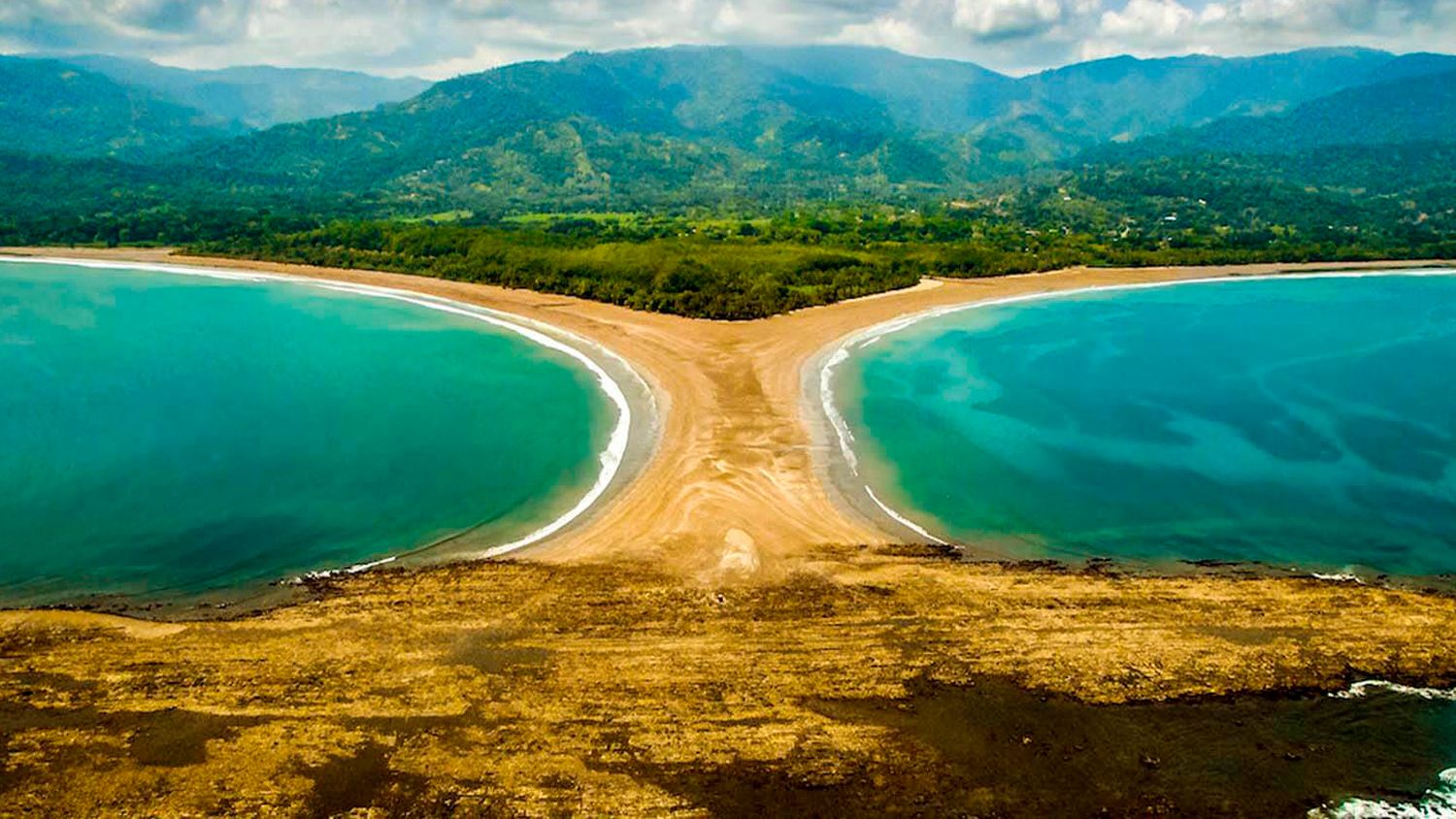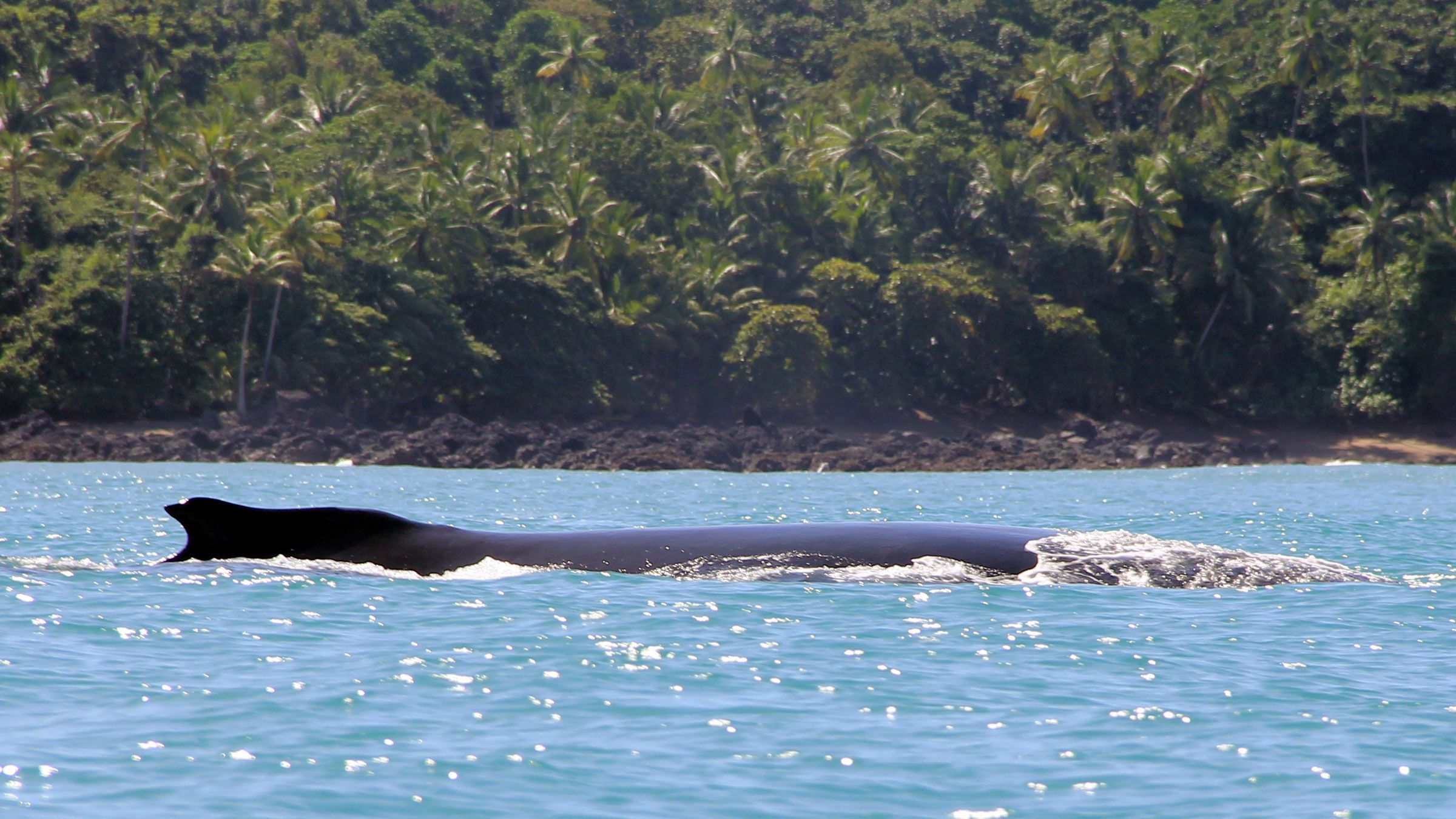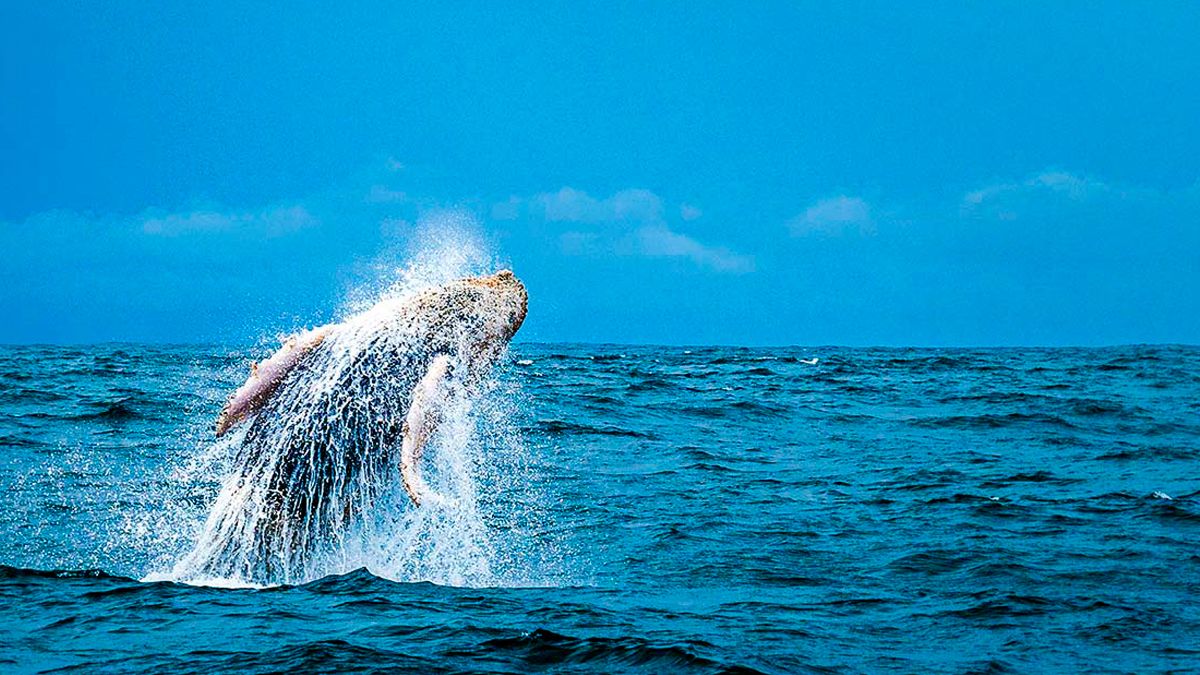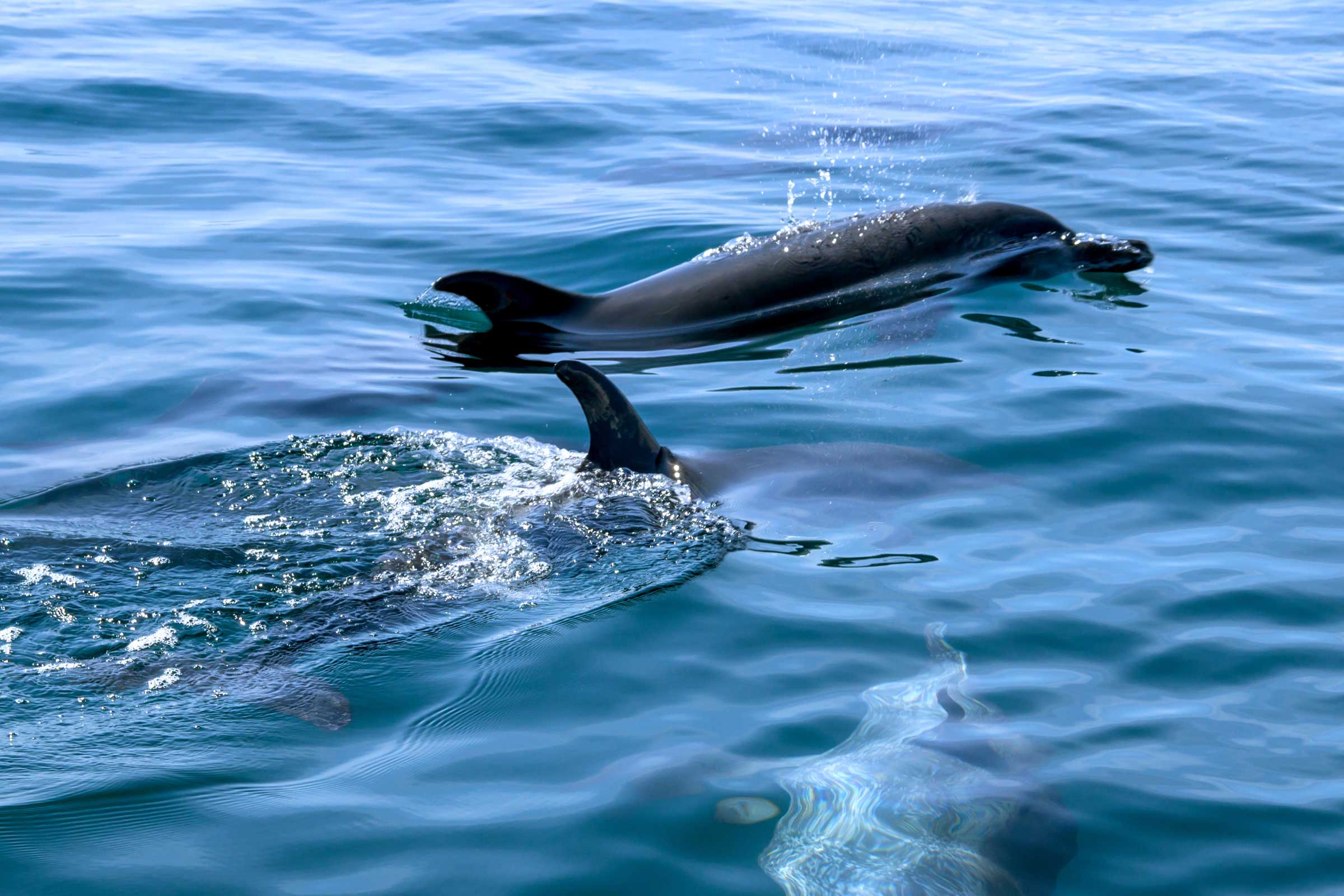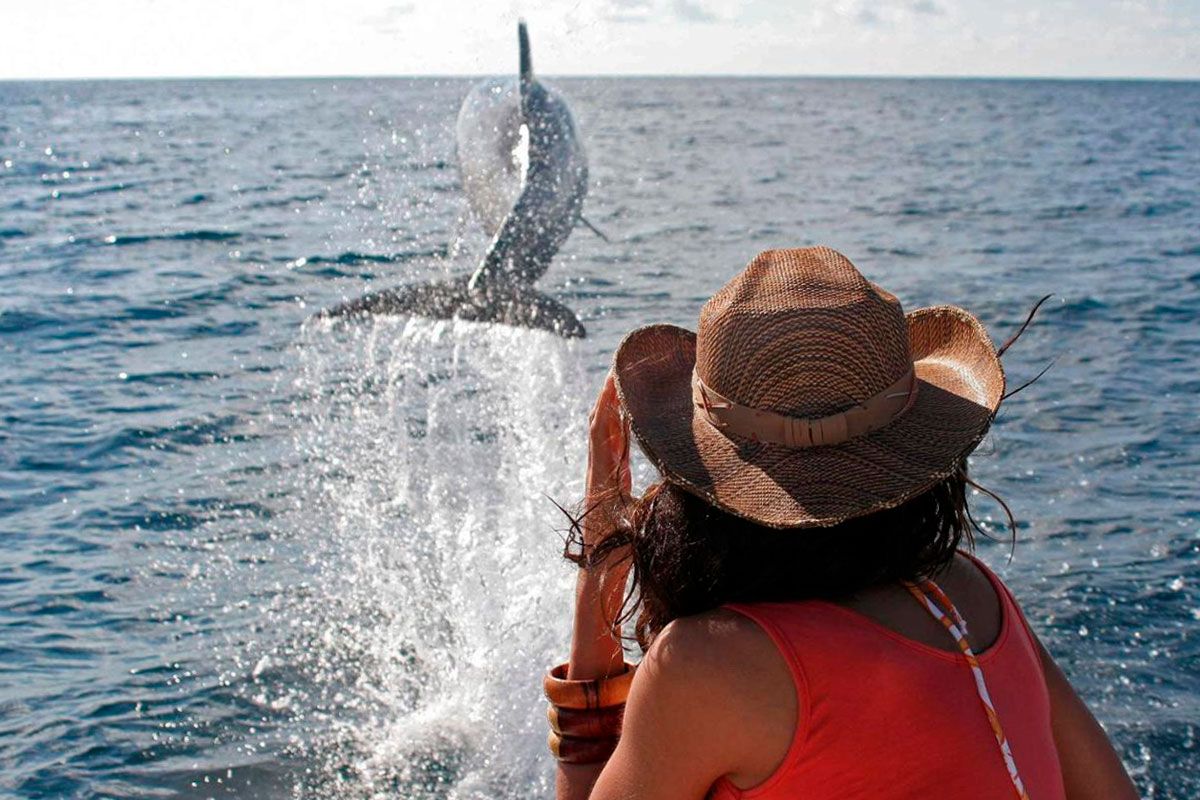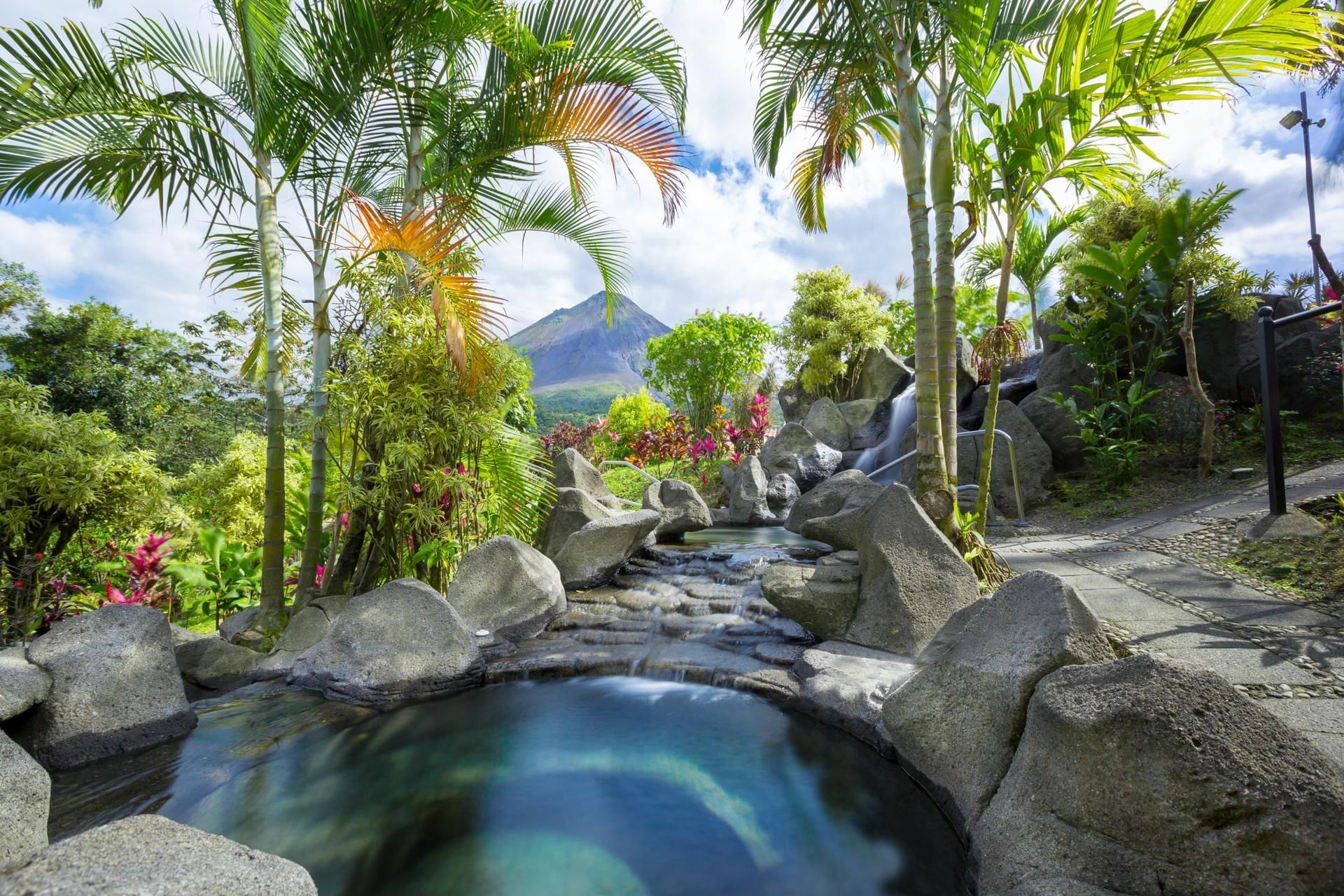What to Expect when Whale Watching in Costa Rica

Whale watching in Costa Rica offers a chance to see humpback whales in their natural Pacific playground. These majestic mammals migrate to the country’s warm, protected waters to mate, give birth, and nurse their young, creating one of the world’s longest whale-watching seasons. Tours, led by expert naturalist guides, take you out on boats to witness whales breaching, tail-slapping, or swimming nearby. Suitable for all ages, the experience requires no special skills, making it ideal for families, adventure seekers, and nature lovers. You’ll also likely spot dolphins, sea turtles, and seabirds, adding to the thrill.
Costa Rica’s Pacific coast is a prime spot for humpback whale sightings, with migrations from both Northern and Southern Hemispheres. You might see a mother and calf gliding through the water or a whale leaping into the air, creating unforgettable moments. Guides share insights about whale behaviors, migration patterns, and marine ecology, enriching the trip. Tours often include extras like snorkeling or beach stops, blending relaxation with adventure.
Whale watching is best during two migration periods: December, January, February, and March for Northern Hemisphere humpbacks, and July, August, September, and October for Southern Hemisphere humpbacks. The August-to-November window, during Costa Rica’s green season, brings fewer crowds, cooler weather, and excellent sightings, with whales sometimes visible from shore. Tours run year-round, but these peak months align with migration patterns for the best chances to see humpbacks and their calves, often alongside dolphins or turtles.
Whale watching tours typically last two to three hours. You’ll head out on comfortable boats equipped with shade and seating, often including snacks or drinks. Expect to see humpbacks breaching or tail-slapping, with guides explaining their behaviors. Many tours also spot bottlenose, spinner, or spotted dolphins, sea turtles, or marine birds like pelicans. Wear sunscreen, a hat, and light clothing, and bring a camera for shots of whales or sunsets. Some tours offer snorkeling gear or beach landings for a fuller day. The activity suits kids and adults, with no experience needed.
Where to See Whales in Costa Rica
The southern Pacific is the heart of whale watching, with the coastline from Uvita and Marino Ballena National Park through to the Osa offering prime viewing, especially from shore or boats. Manuel Antonio and Quepos are popular for their mix of whale sightings and beautiful coastal views, with boats launching from Marina Pez Vela. In Guanacaste, the Gulf of Papagayo and Flamingo offer solid tours, though sightings are less frequent. Let's take a deeper look along the coastline to help you maximize your chances if this is an activity you're interested in:
Guanacaste
The northwestern coast of Costa Rica in Guanacaste Province is great for dolphins. Take any kind of boat or catamaran trip and there's a great chance of seeing spinner, spotted, bottlenose, and common dolphins jumping and playing around you. During both summer and winter migration seasons, humpbacks are not uncommon sights off the coast of Papagayo, Playa del Coco, Tamarindo, and other beaches.
Most whale and dolphin watching in Guanacaste comes from being on some other kind of boat tour rather than a specific, organized whale watching trip. Think sunset sailing, snorkeling, and fishing. That said, when humpbacks are around, many of these tours will try to get to where they're at.
Nicoya Peninsula
Like Guanacaste to the north, the Nicoya Peninsula isn't well known for whale watching tours, although you'll certainly see both whales and dolphins in the ocean here. Again, it's the humpback whales and dolphins in play off the Nicoya Peninsula. If you're on a boat trip out of Santa Teresa, Montezuma, or Tambor, you might well see something.
Central and Southern Pacific
The Manuel Antonio/Quepos area is a great place for whale and dolphin watching. Again, this stretch of coastline is fertile ground for migrating humpbacks from both north and south, as well as the three species of dolphin found everywhere.
Below Manuel Antonio in the southern Pacific zone is the Dominical and Uvita area, home to the Marino Ballena National Park, which was set up to protect migrating whales. This is the capital of Costa Rica whale watching. Not only will you see both northern and southern humpbacks around here, but also pseudo-orcas and pilot whales. Organized dolphin and whale-watching tours depart daily. Whale watching in Uvita is such a part of life that the community even has a Whale and Dolphin Festival each year - normally in early September - to celebrate the lives of these animals.
Osa Peninsula
The Osa Peninsula is Costa Rica’s most popular destination for whale watching. It's these waters, in fact, that give Costa Rica its reputation for having the longest humpback season in the world. Most tours depart from Drake Bay, although you can also catch day excursions from Puerto Jimenez, which will include the Golfo Dulce.
In addition to the humpbacks, you can spot pilot whales, pseudo-orcas whales, and all types of dolphins. Organized dolphin and whale-watching tours depart daily.
The Caribbean Coast
The Caribbean side of Costa Rica doesn't see as much whale and dolphin action as the Pacific, but they're there. You'll only see bottlenose dolphins on this side of the country, while Atlantic whales use the waters off Tortuguero after migrating down from Newfoundland and Greenland for the winter. Again, here it's not so much about specific whale watching tours, but if you're out on the water, you might see something.
FAQs on Whale Watching in Costa Rica
Common questions about this activity:
Is Costa Rica good for whale watching?
Costa Rica is excellent for whale watching, with the most extended humpback watching season in the world. In addition, other whales come and go, while many species of dolphins live year-round in Costa Rican waters.
What time of year can you see whales in Costa Rica?
The best time is December to April for northern humpbacks (California humpbacks on the Pacific side and Atlantic humpbacks on the Caribbean side) and July to November (Pacific side only) for Southern humpbacks. Both types make their way to Costa Rican waters to breed and feed.
What is the best month to go whale watching?
August and September are probably the best individual months to go whale watching in Costa Rica, especially on the Central and Southern Pacific coast.
Can you swim with whales in Costa Rica?
Unfortunately, no. Costa Rica doesn't permit anyone except for researchers and marine biologists to swim with whales in its waters.
Are there blue whales in Costa Rica?
Blue whales have been spotted off both coasts of Costa Rica, although they're not familiar. These animals prefer colder waters to what Costa Rica has to offer.
Are there orcas in Costa Rica?
Orcas are rare in Costa Rican waters, given that they prefer cold water. They have been spotted off the Guanacaste coast on occasion, though. Pseudo-orcas are common in Costa Rica.

